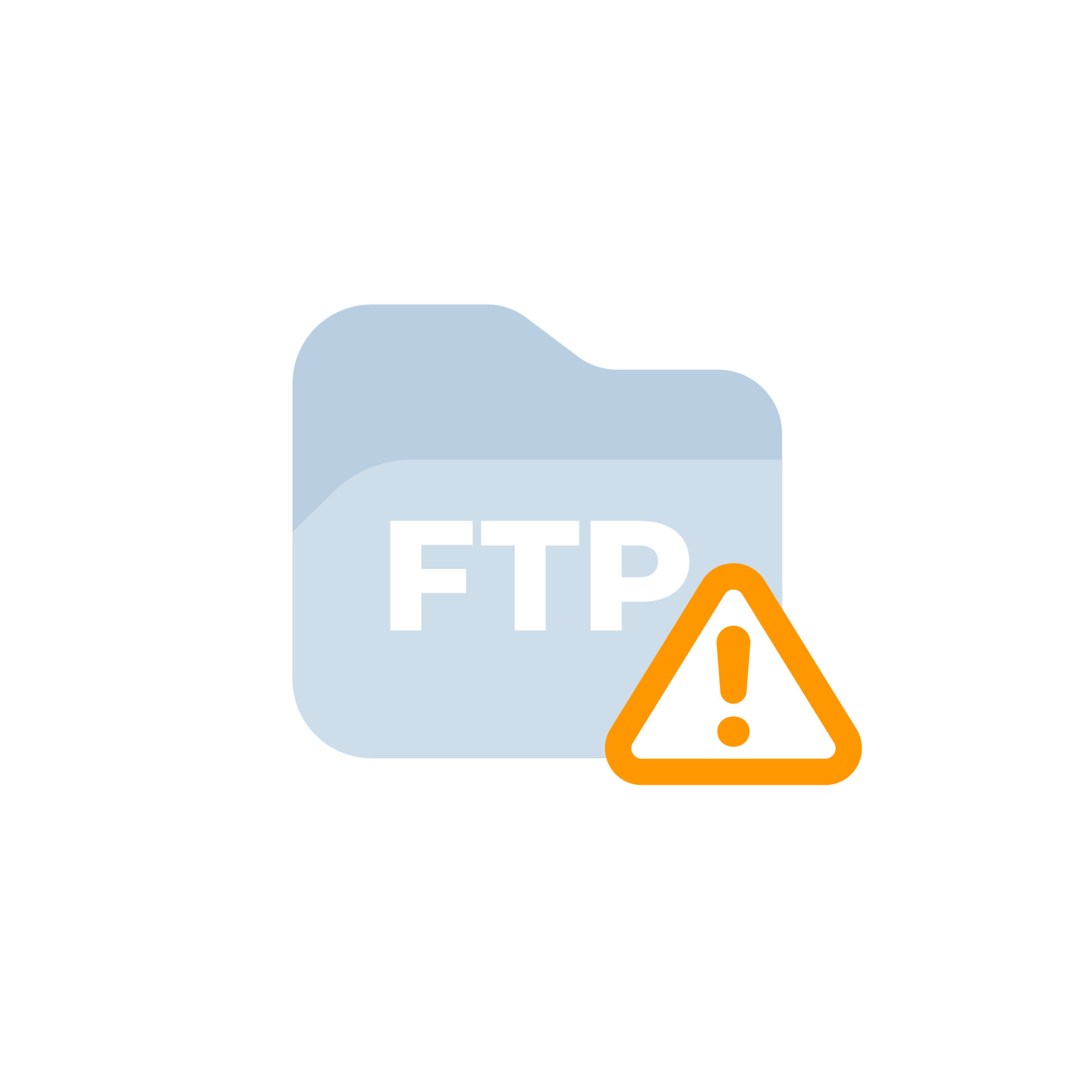I have an early Christmas present for scenProc users, today I have push a new development release of scenProc that contains exciting new features for the texture filter that I have been working on the last months.
About half a year ago I start to explore how I could make the vegetation detection in the texture filter more accurate and easier to use. I found a number of interesting articles about this in the literature and soon it became clear that all of them were using an object based classification, instead of a pixel based classification. And most were also using the Support Vector Machine (SVM) machine learning algorithm for the actual classification. So I have been working on adding these two features to scenProc as well and from the testing and experimentation I have done until now I think this will indeed make detection of features in imagery easier.
Below is a video tutorial I made about these new features. I would also mention the sample that is provided in section 6.3.5 of the manual. That should be a good starting point to start experimenting for your own project. And if you have questions or suggestions on how to improve this functionality, feel free to post them on the scenProc forum at FSDeveloper.com.
 SceneryDesign.org
SceneryDesign.org 
